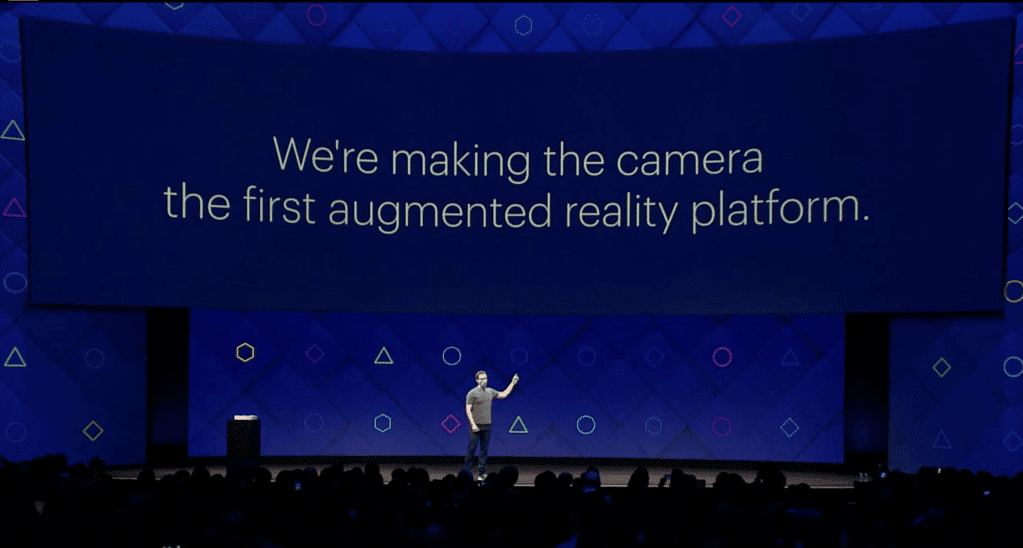
A lot can be learned about augmented reality’s (AR) market opportunity by examining the moves of tech giants tackling it. And in the past six months alone, we’ve seen a flood of activity in various announcements and developer conferences – everyone from Amazon to Apple.
To zero in on the biggest players making the most impactful moves, we published a report that examines positioning of Apple, Google, Facebook and Amazon – the so-called “Four Horsemen of Tech.” We threw in Microsoft for good measure, though it’s usually not on that list.
Recognizing each of these giants’ priorities and positioning can inform the market’s trajectory, fill necessary gaps in the AR value chain and “skate to where the puck is going.” The report’s takeaways are summarized below for ARtillry readers.

Tech Giants Tackle AR: Top Takeaways
— There are several factors causing multimedia capture and sharing to become a prevalent consumer use case: better camera optics, mobile broadband and millennial behavior.
— This is causing the smartphone camera to take over as the next app development platform. And that has natural synergies with AR (portability, viewfinder, graphical processing, etc.).
— We’ve seen proof of concept in several early and primitive examples of smartphone AR, such as Snapchat Selfie Lenses and Pokémon Go.
— Though they’re not “true AR,” these early mobile AR products have indicated the mass-market appeal for AR, and served as a “gateway drug.”
— Most major tech giants have responded to that market validation with major AR investments… and each respective strategy mirrors the positioning and priorities of that company.
— Google sees AR as a way to boost “visual search” and user engagement, towards supporting its core search business.
— Amazon wants to get you to buy more stuff, using AR to qualify purchases and visualize product placement in home.
— Facebook wants to boost multimedia sharing through AR lenses, supporting its core ad business and setting a foundation for an immersive media future.
— Apple launched ARKit to breathe new life into waning iPhone sales and generally position its future hardware for continued dominance.
— Microsoft will combine a vertically integrated hardware approach (Hololens) with its classic model of licensing mixed reality software to OEMs.
— Recognizing these giants’ goals can inform decisions about the market’s trajectory, filling necessary gaps in the AR value chain and “skate to where the puck is going.”
— For developers, the opportunity starts with AR app toolkits that these giants provide. Aligning platform capabilities and audience will be key success factors.
— Startups can triangulate areas where greatest demand and valuations lie, especially if interested in market exits or partnerships with tech giants setting this course.
— Non-developers and media companies should watch the approaches and market shares of these tech giants to decide which platforms offer opportunities for audience extension, user engagement and monetization.
For a deeper dive on AR & VR insights, see ARtillry’s new intelligence subscription, and sign up for the free ARtillry Weekly newsletter.
Disclosure: ARtillry has no financial stake in the companies mentioned in this article, nor received payment for its production. Disclosure and ethics policy can be seen here.
Header image credit: VRScout
